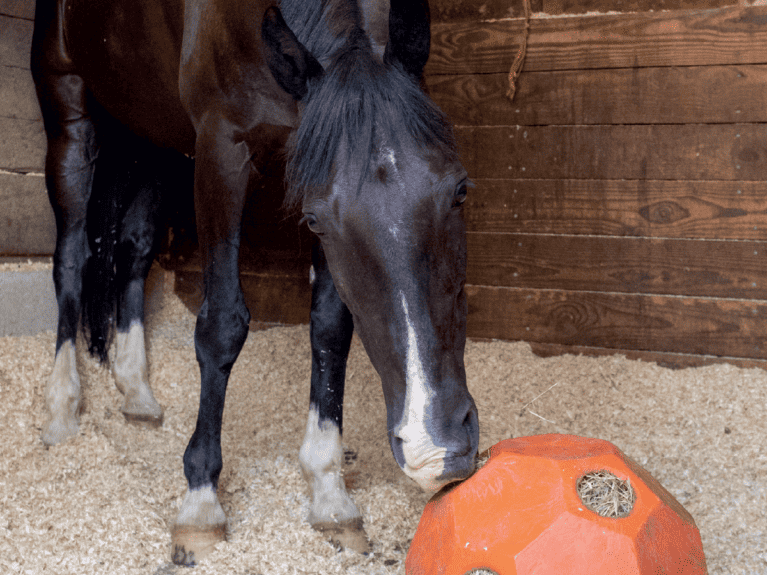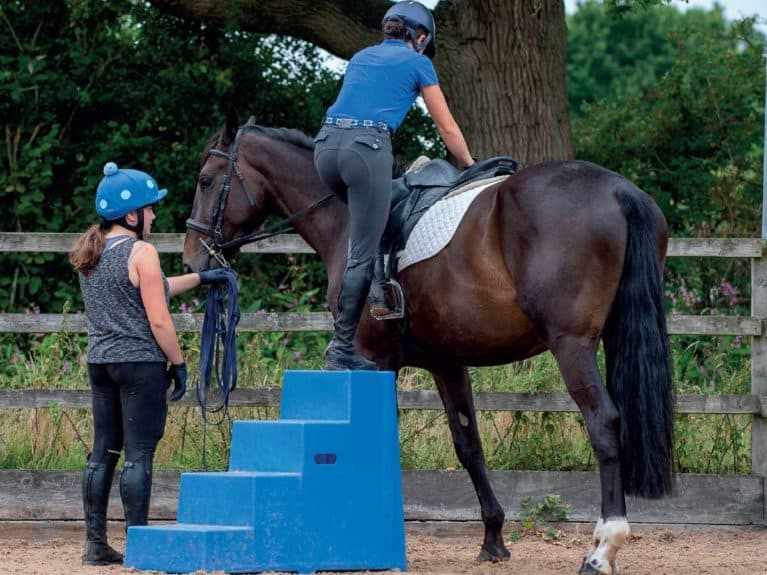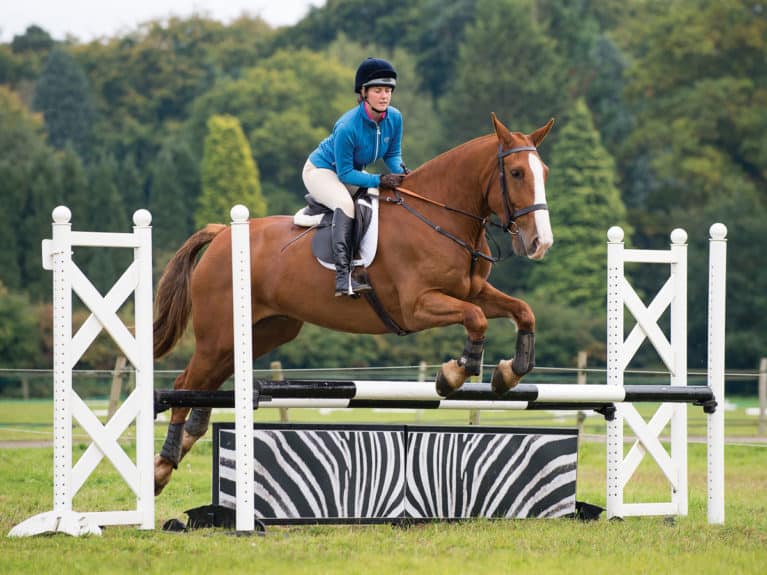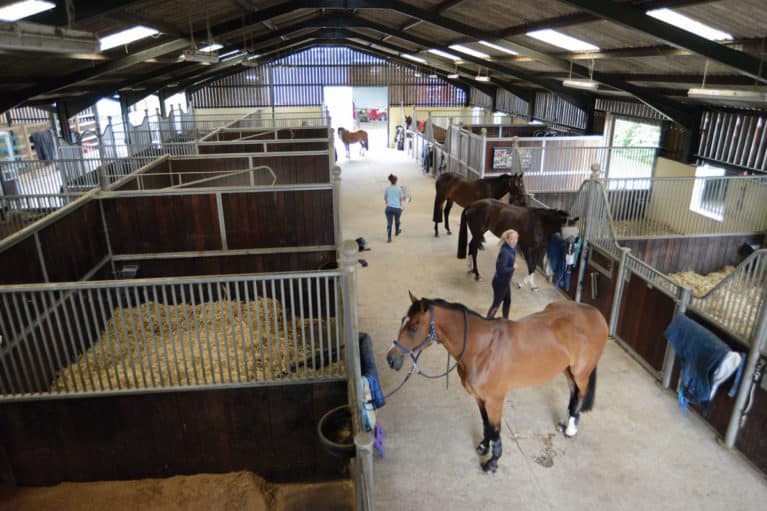
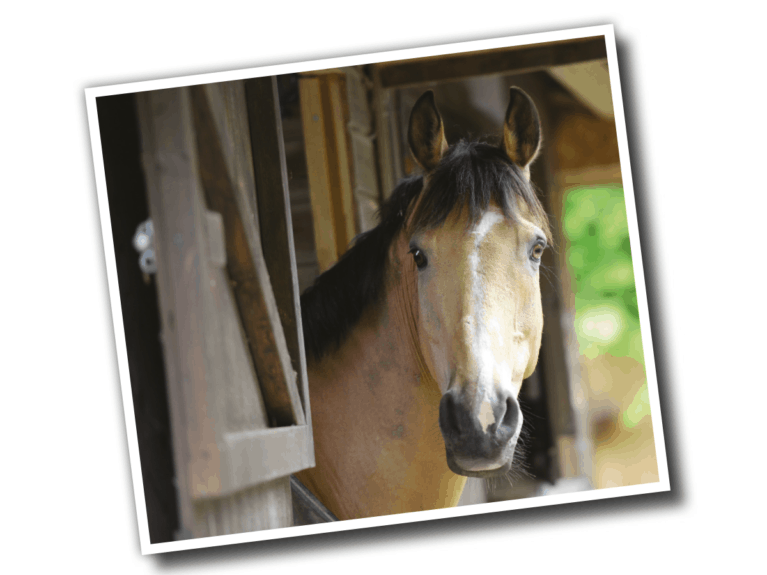
Want to maximise your horse’s comfort without breaking the bank or your back? H&R’s essential guide helps you find the best bedding for you both
While mucking out is rarely at the top of anyone’s list of preferred jobs, there’s no denying that tucking your horse into a cosy, clean bed is one of horse ownership’s simplest pleasures. But if battling with his bed is taking up all your time and energy, or if he’s started to develop issues with his feet, his respiratory health or even his appetite, it might be time to make a change to his stable environment.
The science behind equine-appropriate bedding has come on in leaps and bounds in recent years and no matter where you’re based, it’s possible to find a solution that’s designed to provide comfort, cleanliness and cost-efficiency.
Ready to make a change? Our need-to-know guide breaks down each of the most popular options, helping you to make an informed decision and get back to enjoying your time at the yard.
TOP TIP – If you have any concerns about your horse’s health or you’ve spotted any sudden changes, consult your vet in the first instance.
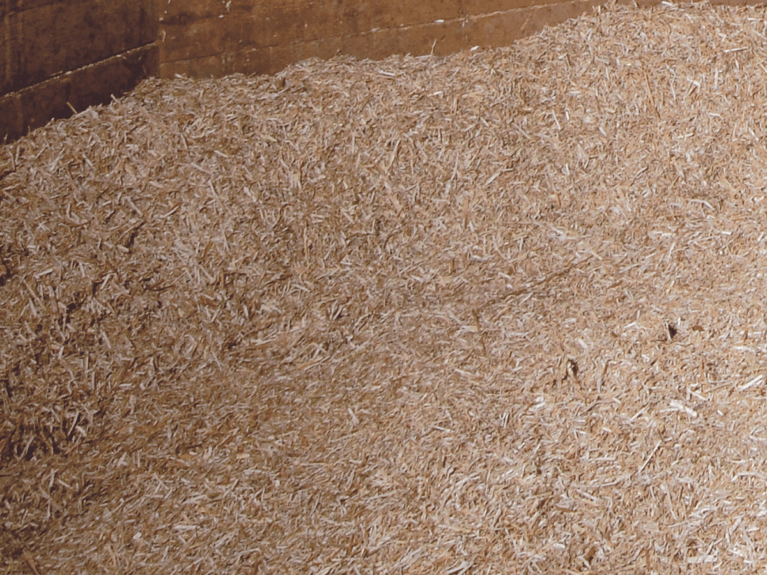
Hemp or miscanthus
Positives: Dust-free, absorbent, easy to store, decomposes quickly
Negatives: Can be costly, particularly if you prefer a thick, fluffy bed
Amount needed for a fresh bed: Three to six bales
Top up each week: About half a bale
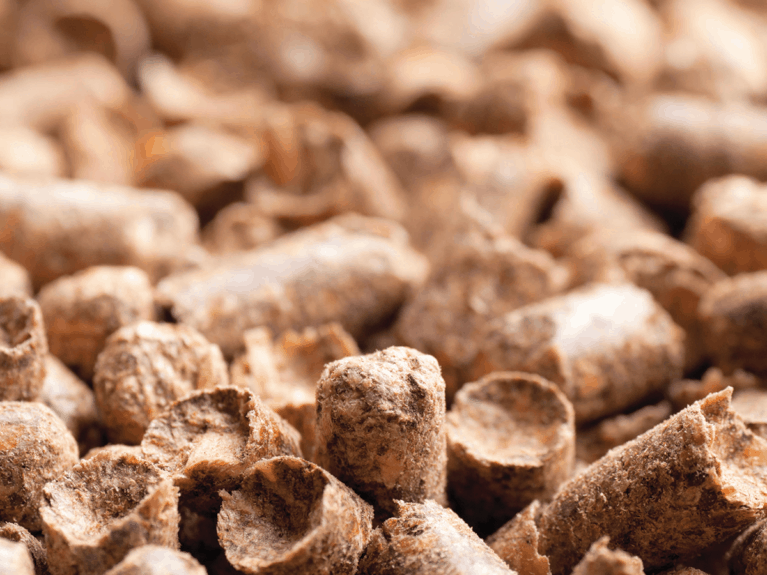
Wood pellets
Positives: Dust-free, highly absorbent, easy to store, economical, decomposes well
Negatives: Time-consuming to use initially as it requires water to activate its absorbent properties, can be smelly
Amount needed for a fresh bed: Five to six bales
Top up each week: One bag of soaked pellets
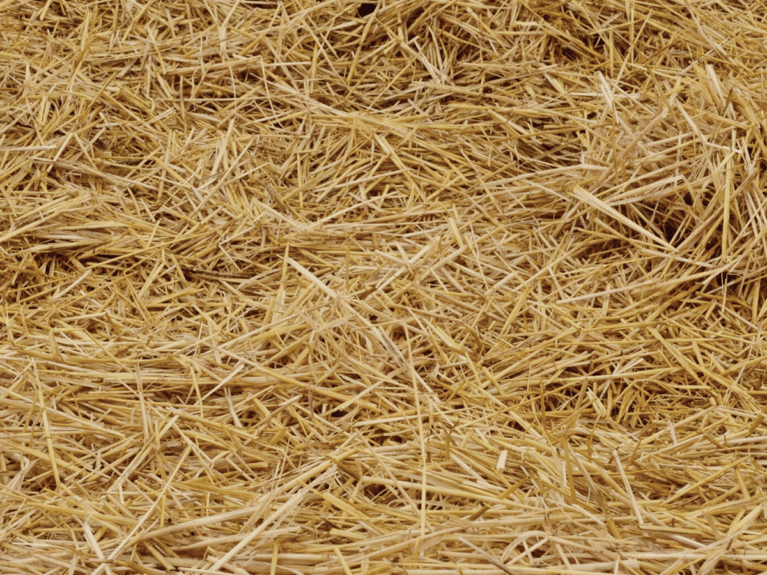
Straw
Positives: Inexpensive, readily available, warm and soft, creates a thick, comfortable bed
Negatives: Can contain dust, palatable, contributes to ammonia build-up, can vary in quality by supplier
Amount needed for a fresh bed: Two to four bales
Top up each week: One or two bales
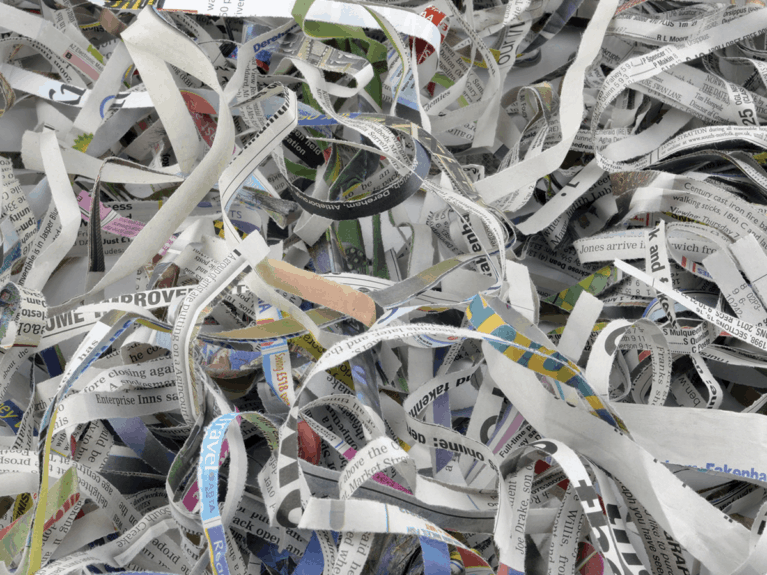
Paper or cardboard
Positives: Dust-free, non-palatable, easily compostable
Negatives: Not highly absorbent, increases muck heap size quickly, can stain greys
Amount needed for a fresh bed: Five to six bales
Top up each week: Two to three bales
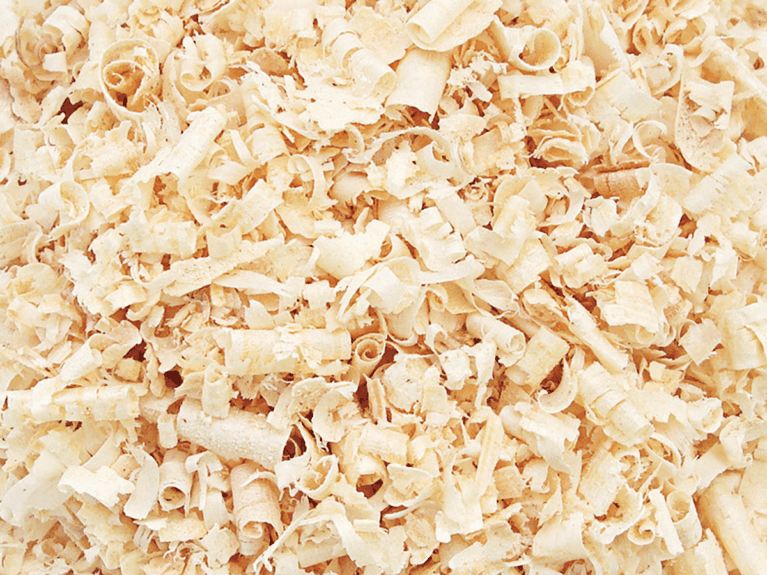
Shavings
Positives: Absorbent, easy to store, non-palatable
Negatives: Not always dust-free, can contribute to ammonia build-up
Amount needed for a fresh bed: Four to six bales
Top up each week: A half to two bales
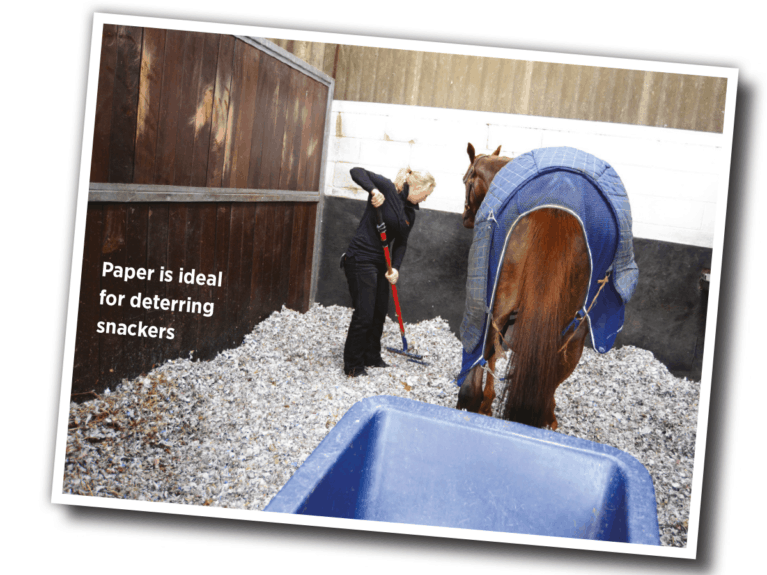
Stable environment
Trying to combat a management issue? Give our troubleshooting guide a go…
The wheezer
The problem… Your horse has an intermittent cough and a runny nose. Your vet has diagnosed a dust intolerance.
Why not try… a dust-free bedding such as wood pellets, hemp or paper. You can also buy dust-extracted shavings, which may be an economical choice. To prevent further irritation to his respiratory system, avoid ammonia build-up by choosing an absorbent option and removing wet bedding regularly.
The midnight snacker
The problem… Horses are supposed to spend most of their time foraging, but yours seems to think this extends to his straw bed.
Why not try… a less palatable bedding. Nibbling on straw doesn’t usually cause problems, but it can lead to impaction colic on occasion. Consider shavings, or hemp or miscanthus, which have tough husks so they’re inedible.
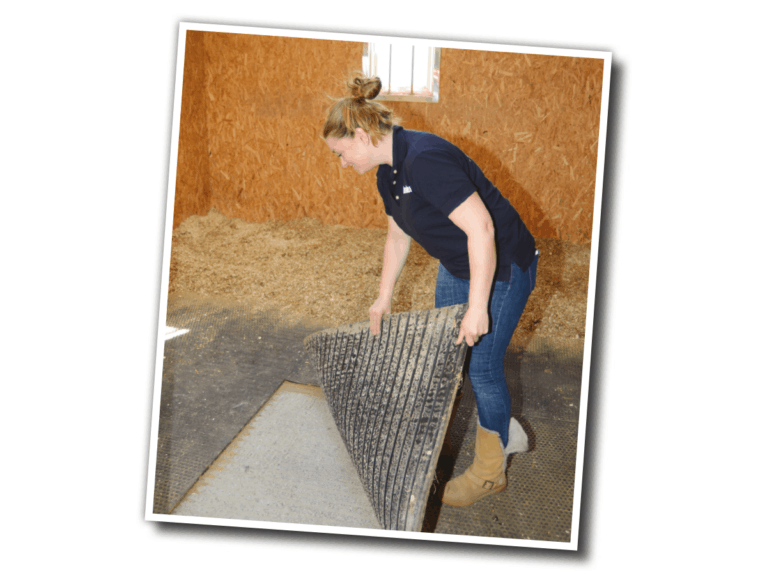
The waterworks
The problem… Your horse makes it his life’s mission to soak and sift through his pristine bed every night, leaving you with a colossal muck heap and a drenched stable floor.
Why not try… an ultra-absorbent bedding type such as wood pellets or hemp which, when combined with rubber matting, will soak up almost anything your horse can throw at it. The matting will allow you to use less bedding, which your horse can wet to his heart’s content – just sweep it out and start fresh in the morning. If you prefer a deep, fluffy bed, wood pellets make a great base for a thick layer of less absorbent straw.
The yard full
The problem… Over the years, your herd at home has increased. With several stables to muck out every morning, you need a solution that’s efficient and isn’t going to break the bank.
Why not try… Straw or shavings are economical, and make mucking out a quick and easy job. Both bedding options can also be bought in bulk, so if you have the space to store them, you can save even more money. Take the time to find a reliable supplier, though – quality can vary widely depending on the source.
TOP TIP – Rubber matting can be expensive to install initial, but it can save you time and money in the long run, as it means you can use less bedding. It should be installed carefully, though, taking into account any drainage points.
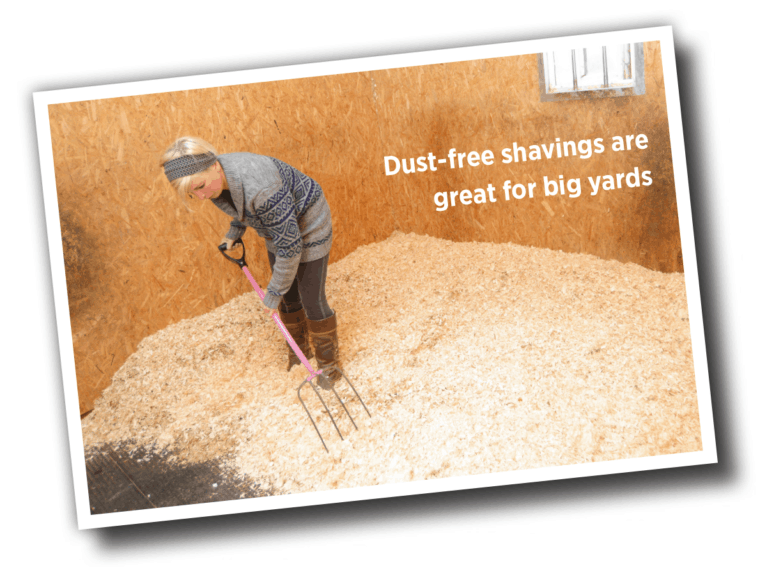
The foot fiasco
The problem… You’ve noticed a persistent bad smell in the sole of your horse’s hooves and the problem is getting worse. You muck him out regularly, but it doesn’t seem to be making much difference.
Why not try… A bedding that contains and confines moisture, such as wood pellets or miscanthus. Some horses have particularly sensitive hooves and standing in wet bedding can cause bacterial issues such as thrush. An extra-absorbent bedding will draw the moisture away from his feet and keep his environment clean and dry.
TOP TIP – If you’re unsure about bedding thickness in your concrete-floored stable, hold a metal pitchfork a couple of feet above the bed and allow it to swing and hit the floor. If you hear it clink against the concrete, add more bedding.
Put it to bed
Whichever type of bedding you opt for, it may take a bit of trial, error and investment to find the perfect solution. Give yourself a couple of weeks to settle into your new mucking out routine before you make a decision and don’t be afraid to combine bedding options, too.

